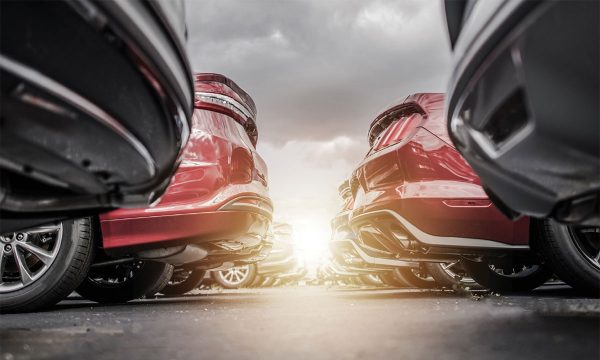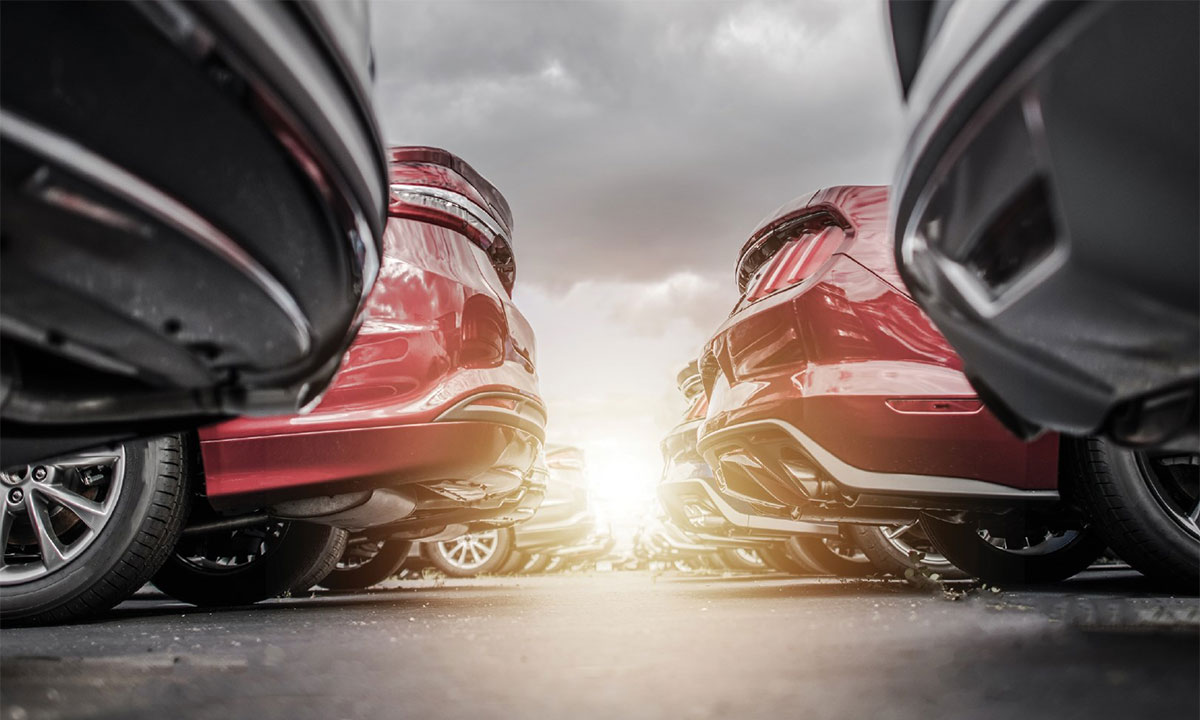Uncertain OEM marketing trends, coupled with the economic forecast, have many dealers feeling uneasy about the future
Each fall, as the summer winds down; sunlight hours get shorter and shorter, kids head back to school, and everyone seems to get back to business.
At this time of year, dealers also look to their brands for guidance on what the next 12 to 24 months could bring from both a product, and go-to-market strategy perspectives.
OEM brand intro shows, dealer association meetings and industry conferences are rolled out and tons of information is usually exchanged, with both informed, and biased, opinions expressed. The end of summer means the start of a new year, much more so than New Year’s Day.
This fall, however, is not your typical fall. The fall of 2022 is seeing the return to many face-to-face events as industry observers yearn for vibrant networking opportunities.
With concern for COVID seemingly falling by the wayside (even though it is still circulating broadly), economic concerns have stepped in to occupy our thought processes.
For the past 30 months the Canadian government has propped up many Canadian household and Canadian businesses, but those days are now over. What is left in the aftermath, is a country deeply embedded in nasty inflation, divided in its philosophies, searching for a way out of our current economic situation before the next slate of federal and provincial elections is upon us. One problem is that inflation is not just a Canadian problem, it’s a global problem. Domestic solutions, without global alignment, will not be very effective.
This time around, inflation has a different feel. It’s not solely wage driven and not solely driven by profit taking. I believe the biggest cause for inflation is simply general supply issues. Supply disruption has caused massive shifts in product pricing at both wholesale and retail levels. Specifically for automotive, add vehicle electrification, higher interest rates and inconsistent new vehicle and replacement parts supply to the mix. Reduced new vehicle sales levels of the past 30 months also creates a trickle-down effect upon adjacent dealership business such as used vehicles, parts, vehicle maintenance and repair and F&I to be felt over the next few years.
There is a delayed impact on adjacent businesses.These businesses will not fully recover until sometime after new vehicle sales levels as a whole return to pre-pandemic norms and units in operation increase.
I believe this inflation monster will only be fully tamed once the supply side of the economy in general has been healed. Until then, inconsistency and unpredictability will continue.
The Bank of Canada has adopted a policy of increasing interest rates with the goal of taming inflation. It’s really the only bullet in their gun. Designed more to protect the value of the Canadian dollar, increasing interest rates increase the cost of living for consumers. It also adds to the cost of doing business, and in a circular way, adds to higher prices. Also from a household standpoint, higher interest costs add to higher wage demands and again higher prices.
From a vehicle dealership and consumer perspective, higher interest rates translate into more expensive vehicle prices, assuming increased costs are passed on in the form of consumer price increases.
Since most vehicles are financed by loan or lease, higher interest rates will cause the consumer to re-evaluate their overall cost of spending on transportation. This could keep vehicle sales levels suppressed in the short-term and might also alter the mix of new and used vehicle sales.
When interest was not a factor, the consumer stretched for the most expensive vehicle they could afford. Roll forward to a higher interest rate environment, and consumers might very well only be able to afford lesser equipped vehicles, and might be forced to downsize. This is not dissimilar to the current housing market, where many homeowners are also stretched, now only to be challenged by higher monthly mortgage costs.
Trying to figure out all the combinations and permutations has many dealers quickly moving up the anxiety curve.
We are also entering an era of increasing OEM involvement in the retail side of the business, led by better access to consumers through increased online focus and capability.
At the same time, there is a very real shift away from ICE vehicles towards electric vehicles. Although this transition will be slow, while many climate conscious consumers have a propensity to buy electric, electric vehicle ownership is still very expensive, causing many to wait a few years until prices come down and charging infrastructure is better built out.
In the meantime, dealers can position themselves as trusted advisors to their customers by proactively educating their customers of the differences between ICE and EV.
OEMs are, or will be, demanding increased investment in facilities infrastructure without a solid business case for that initial investment. It’s a chicken and egg situation. Do dealers invest now and wait for sales to come, or do they wait for the sales to come before they invest? Many dealers are looking to cash in. However, with the stock markets, real estate values and other investment options in utter turmoil, other dealers are deciding to stick to the devil they know.
After a decade of increasing dealership profits, highlighted by exceptional performance during the pandemic, currently most dealers are not feeling certain and comfortable about their future.
Most, if not all of the elements affecting dealers are out of dealers’ control. It’s enough dealing with the economic aftermath of the pandemic, let alone all the uncertain changes in how new vehicles will be retailed and customers engaged.
Disruption to the status quo seems likely for most brands as OEMs redesign their go-to-market strategies. Dealers from coast to coast are beginning to feel the pressure and have that uneasy feeling in their stomachs. The heightened anxiety comes from having to make significant decisions in a perceived short period of time.
Depending on your brand and where your stores are located, these decisions might be required sooner than later. All this uncertainty is making many dealers feel uneasy, causing many to sleep with one eye open, guaranteeing they do not wake up rested. Heightened anxiety will do that to dealers until they understand and decide on a clear path forward.







